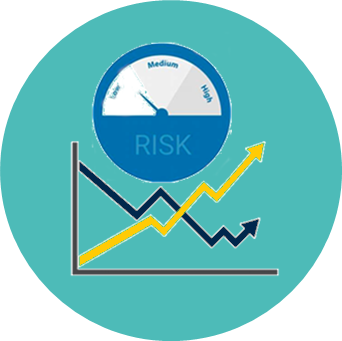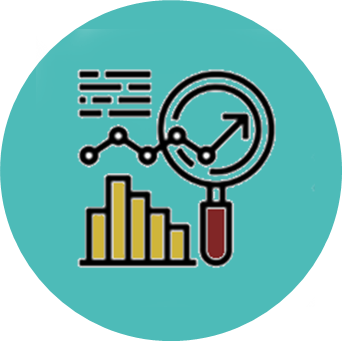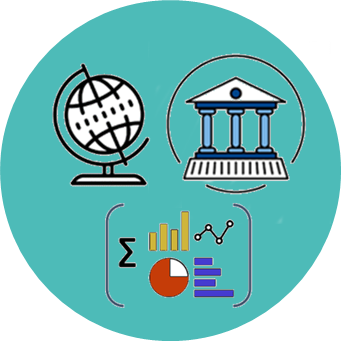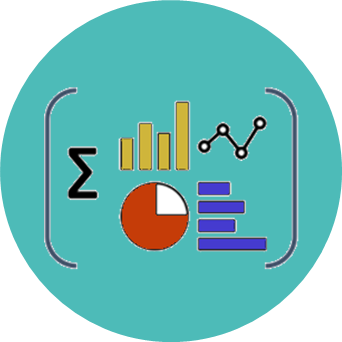
The waterBeta™ Solution –
Understanding the Financial Impact of Water Risk Exposure

waterBeta™ = ƒ(TRMI, waterIQ™)
The combination of corporate water intelligence and relative price elasticity of a company benchmarked to its industry results in a tail volatility risk metric that is informed by actual water risk exposures. It represents excess volatility and value currently not captured in the market, due to opportunity cost. By addressing water risks, and building resiliency, waterBeta™ allows for companies to understand market value and earnings per share (EPS) ‘left on the table.’

TRMI – Tail Risk Market Index™
The TRMI provides a measure of price behavior and response to tail risk events in the market. Since water risk events manifest themselves as short term, high volatility, impacts on price, and differ from industry to industry, the TRMI needed to be granular to line of business and exhibit short time series. It is measured as the VaR ratio of the asset relative to that of its industry (or sub-industry) benchmark, multiplied by the correlation factor of price behavior between asset and benchmark.

waterIQ™ = ƒ(FAR™, WPE™, GBRI™)
How an equity responds to create operational and market value depends on how well the company understands its risk exposures and efficiency characteristics related to this economic input. The overall waterIQ™ of the firm is the foundation for corporate water or climate resiliency and comprises the full factor analysis based on a weighted integration of fractional asset risk, water productivity economics and governance & brand risk index.

FAR – Fractional Asset Risk™
Not all corporate facilities are equally impacted by water risk but are geographically and operationally distinct. Manufacturing, distribution or retail facilities exhibit different input constraints, and watersheds or catchments are managed differently depending local or regional regulations and stakeholder demands. The FAR is computed by taking into account asset-specific features, the fraction of assets exposed to low recharge conditions, and the imputed impact that mitigation strategies have on direct costs.

WPE – Water Productivity Economics™
The efficiency with which water is used as a natural resource input for revenue or sales growth and facility operations impacts economic output and the likelihood of an asset becoming stranded (no longer able to earn an economic return). Equarius® deploys machine learning factor models to predict water intensity by sales and by net fixed assets, benchmarked to weighted industry sector values, to estimate economic productivity dependencies on water supply.

GBRI – Governance & Brand Risk Index™
Equarius® recognizes that economic productivity and price behavior alone do not convey the entire value of water in the corporate culture, governance and brand management. To reflect differences between equities, ESG characteristics are considered to correct for intangible values related to environmental, social and governance pillars in the corporate organization.
